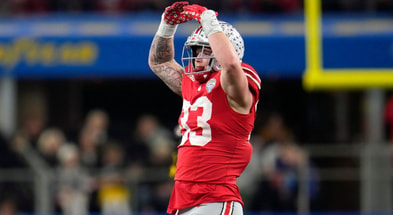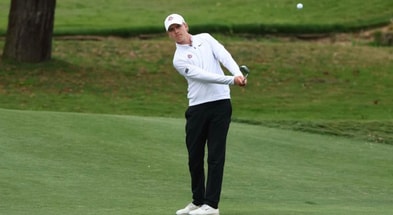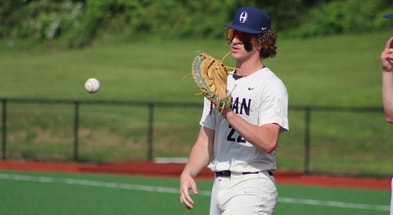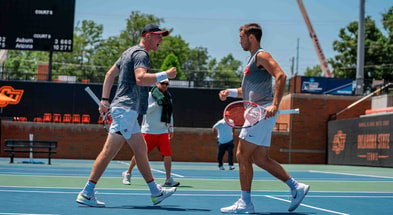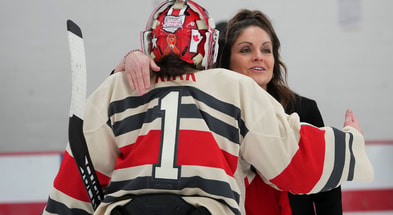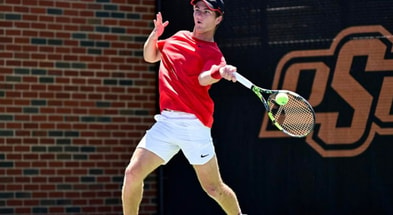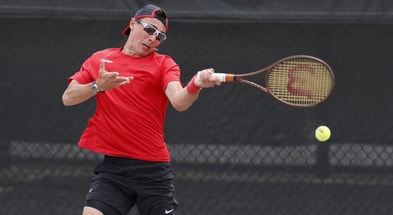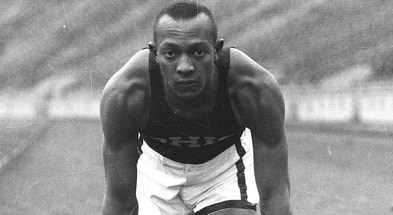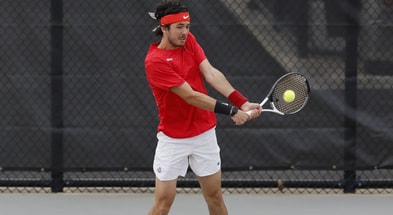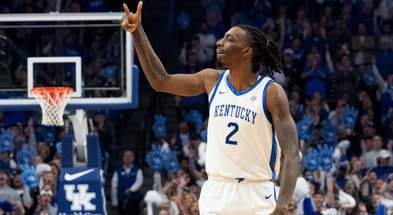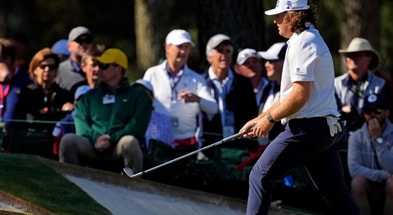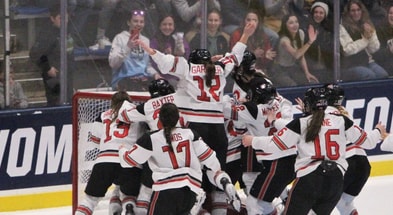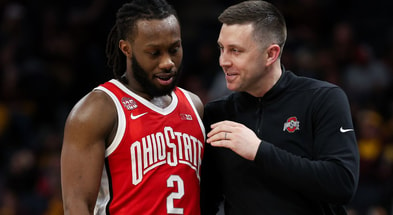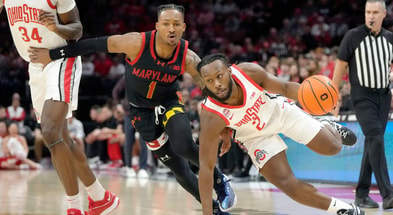Gene Smith voices support for NCAA's push for subdivision with direct compensation for athletes
COLUMBUS — NCAA president Charlie Baker proposed a new subdivision within Division I Tuesday that would allow institutions with the highest resources — presumably those in the SEC, Big Ten, Big 12 and ACC — to compensate athletes directly via direct name, image and likeness (NIL) payments and what Baker calls an “educational trust fund.”
Longtime Ohio State athletic director Gene Smith thanked Baker for his leadership and declared that he is “100% supportive” of Baker’s efforts.
“Intercollegiate Athletics needs the proactive and forward thinking you are providing,” Smith wrote on X, formerly known as Twitter. “Thank you for this letter!”
Smith, who has been the Buckeyes’ AD since 2005, announced in August that he will retire from his position on June 30, 2024.
Also in August, the Ohio State board of trustees appointed Walter “Ted” Carter its next university president. Carter has been serving as the president of the University of Nebraska system since January 2020 and is due to start his new role at Ohio State on Jan. 1, 2024.
The Athletic obtained Baker’s proposal, which was sent out to Division I members, and outlined the recommendations it included.
Most notably, the letter calls for the formation of the aforementioned subdivision of high-resource institutions. The “enhanced educational trust fund” is proposed to require each member school to make an investment of at least $30,000 per year per athlete for at least half of its respective athletes. An important note here is that schools, in accordance to Title IX, would have to provide equal monetary opportunities to both male and female athletes.
Another proposal recommendation calls for the ability of the schools in the subdivision to “create their own rules separate from the rest of D-I, and those rules would allow them the ability to address policies such as scholarship limits and roster size as well as transfers and NIL,” as reported by The Athletic.
In the letter, Baker states that his proposal “gives the educational institutions with the most visibility, the most financial resources and the biggest brands an opportunity to choose to operate with a different set of rules that more accurately reflect their scale and their operating model,” according to The Athletic.
Baker asked for feedback from Division I members, and Smith didn’t wait to show his approval.
Smith will be part of the search process for a new Ohio State AD. His shoes are big to fill. At points during his soon-to-be 19-year tenure, Smith has served as the chairman of the NCAA Tournament selection committee and as a member of the College Football Playoff committee.
And, as it pertains to the NIL space, Smith testified before the House Committee on Small Business in Washington, D.C., back in September while pushing for federal NIL legislation.
As reported by USA TODAY for The Columbus Dispatch back then, Smith wrote in his testimony and said before the committee that more than 420 Ohio State athletes have at least one NIL deal. Smith said at the time that athletes on the Ohio State football and women’s volleyball teams draw the most NIL attention.
He wrote in his testimony that 44% of Ohio State’s NIL activities come from social media engagements. Meanwhile, 24% come from royalty payouts, 18% come from miscellaneous ventures, 9% come from public appearances, 3% come from camps and clinics and 2% come from autographs.
Smith is a key voice in college athletics. And that’s why his support of Baker’s new proposal for a subdivision with direct compensation for athletes is especially notable.





